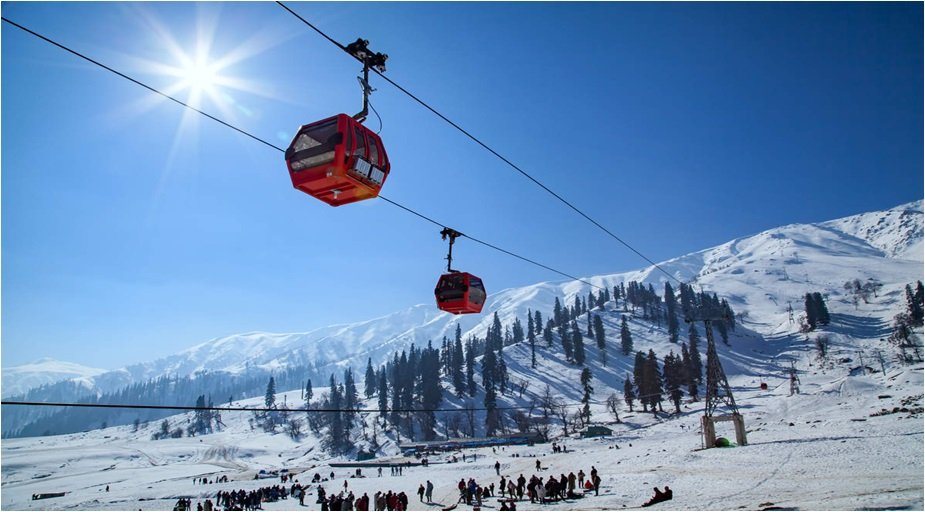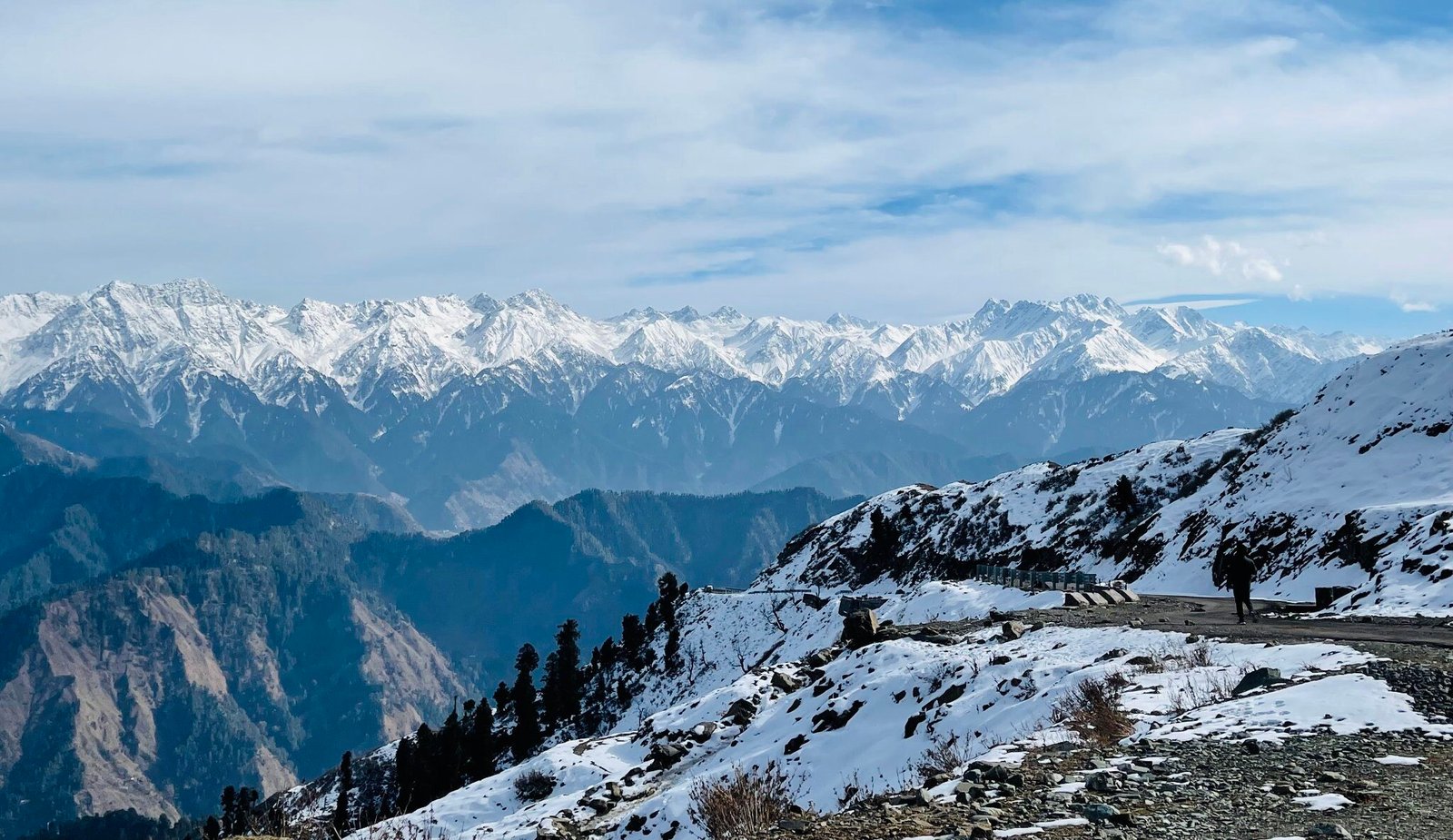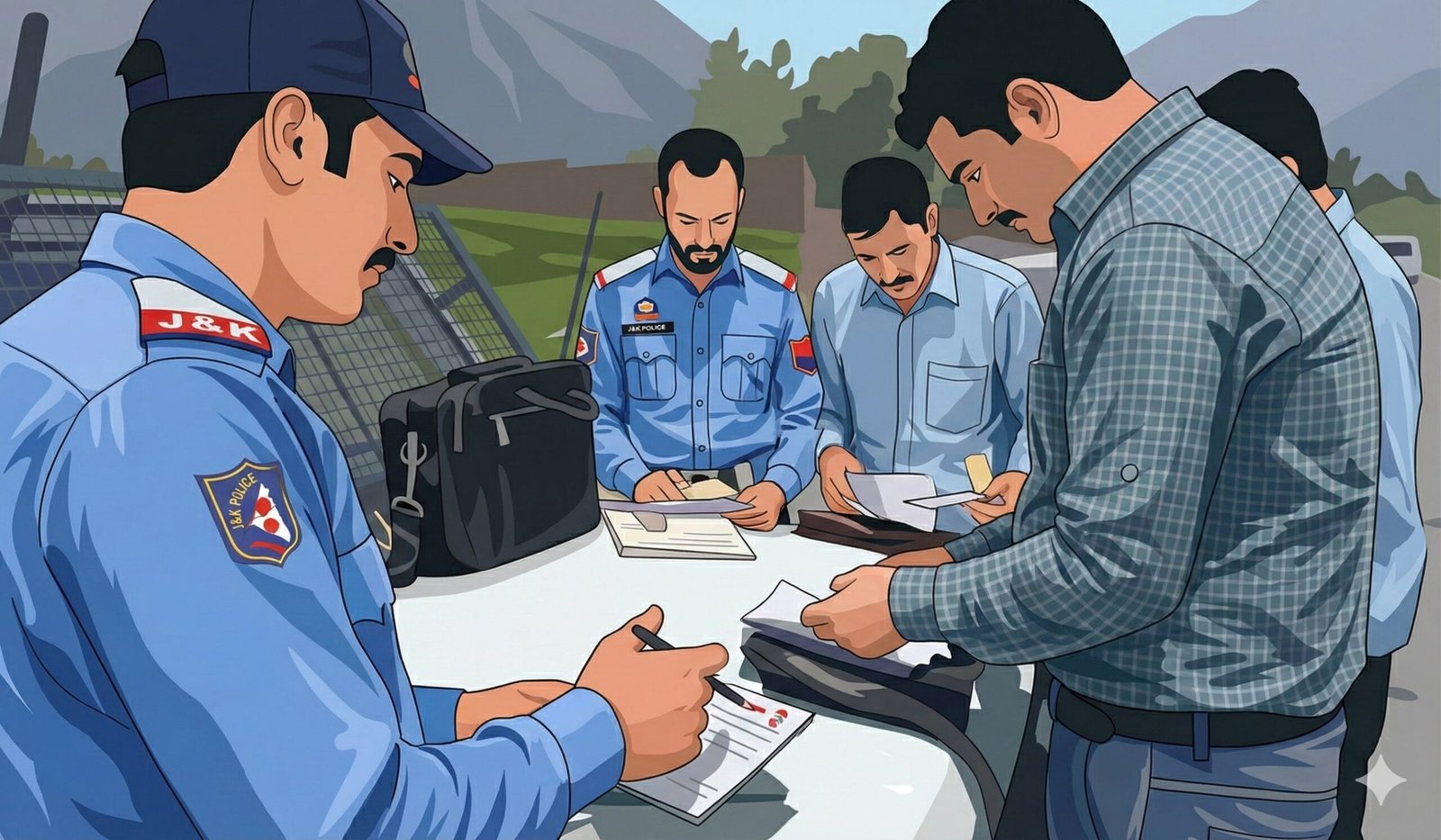A recent government report has raised a serious health concern: over one-third of India’s children aged 5–9 may already have high triglycerides, a condition linked to heart disease and metabolic disorders in adulthood. States such as Jammu & Kashmir, West Bengal, and several northeastern states have reported the highest prevalence, making this an alarming wake-up call for parents and policymakers.
Is It Common for Kids to Have High Triglycerides?
Yes, and it’s becoming increasingly common in India. According to the “Children in India 2025” report released by the Ministry of Statistics and Programme Implementation, the prevalence of high triglycerides among children is rising at an unprecedented rate. The findings reveal:
- West Bengal: 67% of children affected
- Sikkim: 64%
- Nagaland: 55%
- Assam: 57%
- Jammu & Kashmir: 50%
By contrast, states such as Kerala (16.6%) and Maharashtra (19.1%) reported much lower levels, suggesting that dietary patterns and lifestyle play a major role in triglyceride levels.
How Many Indians Have High Triglycerides?
The same report highlights that 16% of Indian adolescents also show high triglyceride levels. This means millions of teenagers across the country are at increased risk of developing heart disease, obesity, diabetes, and hypertension later in life.
Experts warn that the trend, if unchecked, could lead to a national health crisis as today’s children grow into adults already burdened by lifestyle diseases.
Does Chapati Increase Triglycerides?
This is a common concern in Indian households. Chapati itself does not directly increase triglycerides, but the way it is consumed matters. Overeating chapati made with refined flour (maida) or pairing it with high-fat curries, ghee, or fried foods can indirectly raise triglyceride levels. Whole wheat chapatis, eaten in moderation and combined with vegetables and proteins, are generally safe and even beneficial.
What Indian Food Reduces Triglycerides?
Several traditional Indian foods can help lower triglyceride levels naturally:
- Oats and barley – rich in soluble fiber
- Green leafy vegetables – spinach, methi, and saag varieties
- Legumes – lentils, chickpeas, and beans
- Fatty fish – like rohu and mackerel, which provide omega-3
- Nuts and seeds – almonds, flaxseeds, and walnuts
- Spices – turmeric, garlic, and cinnamon that improve lipid metabolism
Incorporating these foods into a child’s diet can make a huge difference in long-term heart health.
Read also: Rising Fertility Issues in Jammu & Kashmir: How Smoking, Alcohol & Vaping Are Silently Attacking Reproductive Health
List of Foods to Avoid With High Triglycerides
If your child has been diagnosed with high triglycerides, avoid or strictly limit the following:
- Sugary drinks and sodas
- Packaged snacks and chips
- Fried street foods (pakoras, samosas, bhaturas)
- White bread and refined flour products
- Excessive rice and potatoes
- Processed meats and fast food
- High-fat desserts like gulab jamun, jalebi, and halwa
Foods to Lower Triglycerides in Children and Adolescents
Parents should focus on a balanced Indian diet that includes:
- Fresh fruits like guava, papaya, and apples
- Seasonal vegetables in daily meals
- Low-fat dairy products
- Millets like ragi, bajra, and jowar
- Grilled or steamed foods instead of fried options
- Plenty of water and traditional drinks like buttermilk
Encouraging physical activity—playing outdoors, cycling, or yoga—alongside healthy eating is equally important to manage triglyceride levels.
Broader Health Insights From the Report
The “Children in India 2025” report didn’t just highlight triglycerides. It also found:
- Prematurity and low birth weight are the leading causes of newborn deaths (48%).
- Birth asphyxia and pneumonia are other major contributors to infant mortality.
- About 5% of Indian teenagers are hypertensive, with Delhi showing the highest prevalence at 10%.
- On the brighter side, literacy rates among children and adolescents continue to improve, with over 73% of children above seven years being literate.
The rising prevalence of high triglycerides among children in India is a warning sign for families and healthcare providers. Diet, lifestyle, and awareness are the keys to prevention. Parents must ensure their children eat wholesome foods, stay active, and undergo regular health check-ups.
By making small but meaningful changes today, India can protect its next generation from a looming health crisis.
















